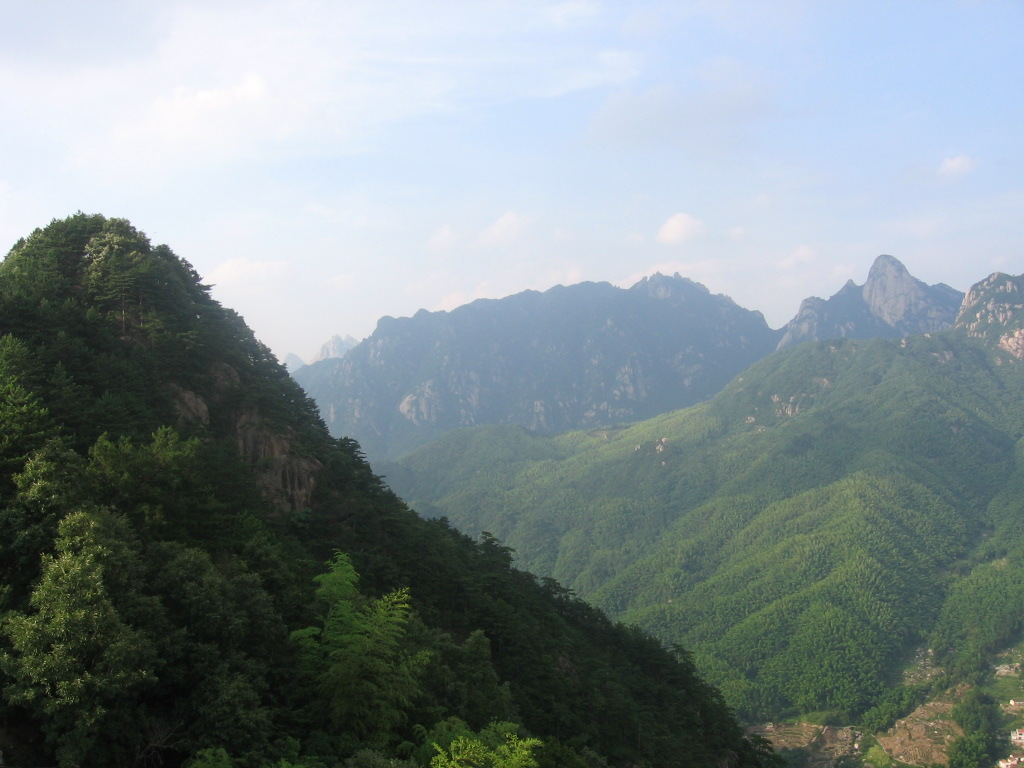
The website Classical Music, part of BBC Music Magazine, presents an article titled: “Charles-Valentin Alkan: the hermit who composed devilishly difficult piano works,” about French composer and musician Charles-Valentin Alkan ( 1813-1888). From the article:
“Very unusually among the virtuoso composer-pianists of the 19th century, Charles-Valentin Alkan spent much of his life as an apparent recluse. He shunned the concert platform in favour of keeping his own company, reading, studying and creating some of the most spectacularly demanding piano music ever written.”
Alkan’s reclusiveness was partly based on personality, partly on bouts of depression. As a composer, he was admired by Chopin andLiszt, and for a while Alkan even performed publicly to acclaim. But when not appointed for a desired position at the Paris Conservatory, Alkan disappeared for another twenty years. Even as a recluse, however, he was always composing, and he left dozens of interesting works after his death. The article offers links to audio files ofAlkan’s work.
URL: https://www.classical-music.com/features/composers/charles-valentin-alkan


